By Fan Zhonghua & Ren Xinyue from CNS
In the course of history, the traditional arts of different countries, ethnic groups and regions have shown their distinctive characteristics. With the increasing globalization and exchanges, how should human art strike a balance between tradition and integration? In a global perspective, why is communication particularly important for the development of human art?In March 2023, German art historian Uwe Flecknerwas invited to China to be the Dean of the School of Arts and Humanities at the China Academy of Art. Recently, Uwe Fleckner was interviewed by “W.E. Talk” of China News Service and gave an in-depth explanation of the exchange and mutual understanding of human art and its future development.
Here are excerpts from the interview:
CNS: You have been working in European and American colleges and academic institutions and doing research on world art history, why did you accept the invitation from the East and come to China?
Uwe Fleckner: Being a specialist on Western art and art theory myself, I admire Chinese art and culture since many years. Extended travels to China brought me into close contact to Chinese colleagues, and in Hangzhou, but also in Beijing, Shanghai and Xi’an and other city’s universities and academies I encountered a massive curiosity towards the topics and methods taught especially in Germany. During my professional life, I learned that no culture could develop on its own alone. All our traditions are products of fruitful exchanges over decades and centuries. And the actual situation of global national conflicts makes it an important task to understand these international exchanges as the only remedy to lead the world into a better future. The China Academy of Art in Hangzhou (where I am working now as director of the Advanced School of Art and Humanities parallel to my Hamburg professorship) is a perfect institution to follow this insights.Because already during its foundation in 1928, Lin Fengmian, one of its early leaders, understood the importance of exchange, when he defined the goals of the Academy: Introducing Western art, organizing Chinese art, reconciling Eastern and Western art, and creating art for the times(介绍西洋艺术,整理中国艺术,调和东西艺术,创造时代艺术). The amazing energy I can witness in Hangzhou every day made it a great and challenging opportunity to extend my professional influence to the East, and here I found highly intelligent and well-informed colleagues, old and young, as well as very curious students, all working under the leadership of the dynamic president of the CAA, Gao Shiming, who has inspiring visions for the future of Chinese art institutions. Thus, given my personal attitude and research interests, accepting the invitation from the CAA seemed quite natural to me.
CNS: Your latest subject is “Aby Warburg’s Reception of Chinese Art”,what value do you hope this research will realize in the future in terms of promoting mutual understanding between Eastern and Western art?
Uwe Fleckner: The Jewish German art historian Aby Warburg is one of the most received art historians worldwide, a pioneer of modern art historical research and also widely appreciated in China today. But he had also at least some knowledge of Chinese art during his lifetime, even if his reception of it was quite limited and researching about the few encounters of him with documents of the Chinese culture will provide us only with a modest footnote to his otherwise so rich and important work. But as one of the directors of the Warburg-Haus in Hamburg and co-editor of his collected writings, I found it was my duty to show that he also included China into his goal to reach a global understanding of historic exchanges and transfers between all cultures. It was Warburg who opened the door to a true Global Art History, a research attitude which is now the leading method of many of the best and most influential art historians world-wide. In his spirit, I decided to focus on academic exchange and it is my great wish to create divers forums in which art historians of all levels, from students to distinguished senior professors, can meet and discuss. In this September, we started with a joint International Forum for Young Art Historians, bringing together young researchers from Hamburg and Hangzhou as a pioneering project. Other workshops of this kind will follow in the future, opening the Forum also to other nations. As a second format on a higher level, I have initiated the Teng Gu Memorial Lectures which will start in spring 2024 with professor Juan José Lahuerta from Spain, a distinguished scholar who also integrated Warburg’s theories and methods into his work on painting and architecture.
CNS:Compared with Western art, traditional Chinese art creation emphasizes more on chiaroscuro, mood, writing, and white space, which seem to be completely different styles, so can iconology be a good way of interpreting Chinese works of art and reading Chinese art history?
Uwe Fleckner: Of course, the stylistic approaches of Chinese and Western art are quite different, even if you can find many modern and contemporary artists bridging both traditions as can be seen in the important retrospective by Zao Wou-Ki on show at the Museum of the China Academy of Art in this very moment. But iconology is a method which does not depend on the category of style alone. Its main objective is, to keep it simple, to show how a specific topic is expressed at a specific moment in history under specific conditions, and the resulting style is only one element which defines the art work. With the method of iconology we can find out which cultural, philosophical, political or other aspects had an (sometimes even unconscious) impact on the artists while creating a painting, a sculpture, a work of architecture and so on. And also stylistic decisions depend to a large deal on those impacts and are not autonomous developments of forms as traditional methods of stylistic comparison has thought. Thus, iconology can serve us as the leading method to understand art works from all over the world, especially when we are ready to modify and extend its insights related to the specific conditions in all the countries and cultural contexts in which these works are created.
CNS: Warburg’s study of art history is transnational, trans-temporal and trans-cultural. What new knowledge can be gained about the exchange, integration and evolution of human art by looking at the history of human art from a global perspective?
Uwe Fleckner: The most amazing insight into art historical developments based on Warburg related methods is to understand that it is not only today that we are living in a “global village”. From prehistoric times onward, global exchange had the highest importance for (not only) artistic practice. What would an exploration of 17th-century Dutch art be without an understanding of global maritime trade during the period? What would research into French Impressionism be if we didn’t include the reception of Asian art? Or, to give a Chinese example, how could we understand the introduction of antique Greek and Indian Buddhist art into China without the decisive role the “Silk Road” played over long centuries? The global transmission of Chinese art and culture, on the other hand, can be easily understood.For example, if you visit the National Silk Museum in Hangzhou, in its truly Warburgian displays, you can see the global wanderings of motives, patterns and ornaments due to international trade exchange, just as we can witness that in our daily experiences as citizens of the world today. The special twist of Warburg’ own research may be that he understood that those wanderings of images are sometimes unintentional, involuntarily, and even contradictory. To think that we can understand the art and culture of a region by regarding it only in its own borders is an illusion. No art work of importance, no distinct artistic movement has ever been created in the isolation of a single region, ethnicity, or culture. Ideas and forms travel through time and space, even tools and materials were exchanged right from the beginning of the human race.
CNS: What do you think is the significance of comparing traditional Chinese and Western art, which present very different styles, cultures and social backgrounds? For the common artistic development of mankind, what is worthwhile to learn from each other in Chinese and Western art?
Uwe Fleckner: Comparing art forms from different countries is one way to discover the characters and originality of one’s “own” art. Actual art historical research has, for example, given up the simplifying, one might even say mechanical concept of “influence”. No great artist was ever “influenced” by what phenomenon so ever. They do not react to things seen, but rather chose actively to integrate—and, following their needs, to transform—phenomena which interested them. Japanese woodprints, to give one example, did not influence the style of Vincent van Gogh, but the artist discovered formal solutions in them which resonated with his own art and helped him to shape what he already had in his mind. Not the impulse from the outside world is important, but the active grasping of useful ideas, forms or motives.
For the artists in China and the West as well as in all other parts of the world, the challenge today is how to deal with that flood of images without drowning in them. Global, regional and individual visions have to find a personal balance in each artist’s work and here again, studying the work of “others” only will help if the artists do not simply surrender to an artistic language which might appear “contemporary” in a merely one-dimensional way pleasing those collectors who have the tendency to buy art works that look the same all over the world, like they buy all the same cars and handbags and shoes globally. Chinese artists may learn to extend the borders of their work while looking at how critical Western artists comment their world, Western artists may learn from Chinese that the ongoing dialogue with their own tradition can lead to new ways of expressing a modern world view without losing the grounding heritage of traditions on which shoulders we all still stand.
CNS: Traditional arts from different parts of the world have their own unique styles and development paths. With the formation of the “global village” and the rise of modernism and post-modernism, many arts have been fused and become indistinguishable from each other.How do you understand the relationship between the inheritance of traditional arts and the fusion of global arts?
Uwe Fleckner: In the future, we have to be very careful, because in the expansion of the “global village” also lies a clear danger: if we walk through the “global village” today, through Hangzhou or Paris, through New York or Berlin, we find the exact same shops everywhere, we can buy the exact same products at all places, we can visit the exact same buildings. Thus, the development may lead to a very monotonous world, whereas the true charm of any “village” depends on its specific heritage expressed in food, architecture, arts and culture among other things. But, to stay in the realm of arts, many protagonists are aware of this danger, and the most convincing results of the contemporary art are reached exactly when those questions are tackled and the artists are dealing with tensions between their traditions and the challenges of the new world and are finding individual approaches of how to deal with this challenge. Let me give a final regional example here: In the Ningbo Museum by CAA’s architect Wang Shu, a highly modern concept of international architectural form was realized avoiding to create a utilitaristic building which could have been erected everywhere in this world. The architect could do that, because he decided to compose it re-using tiles from destroyed local villages, using traditional materials and working methods to create a new role model of sustainable architecture. Chinese and Western artists are always at their best if they do not forget where they are coming from while exploring the world!
Edited by Wang Zonghan
2023.11.06










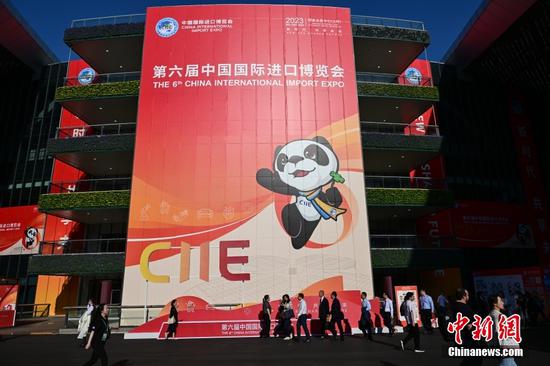
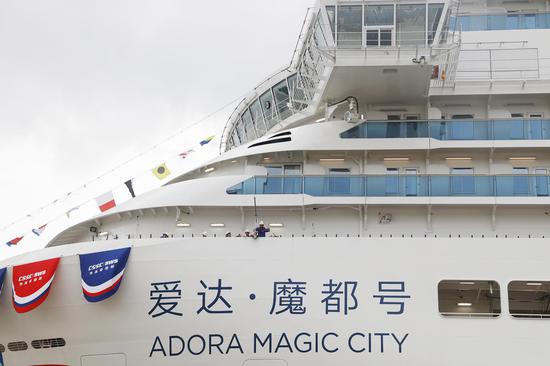

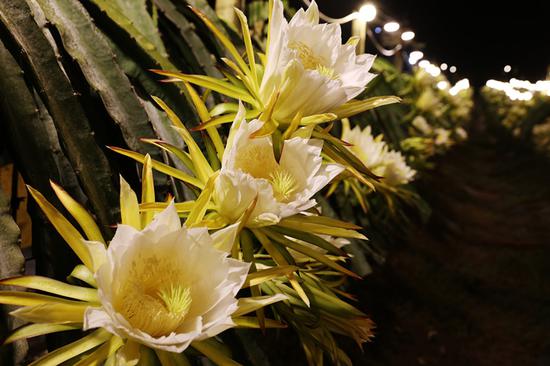
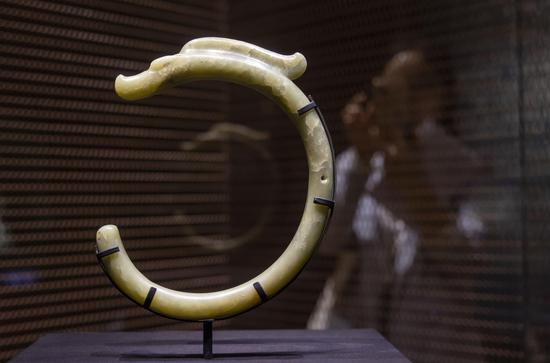

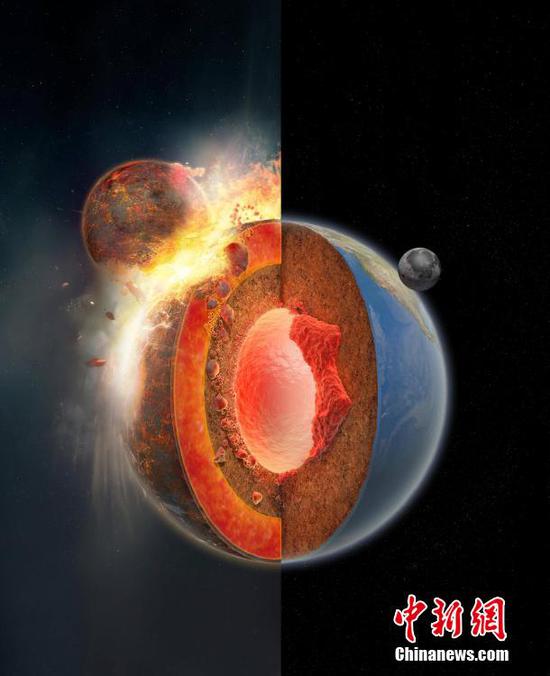


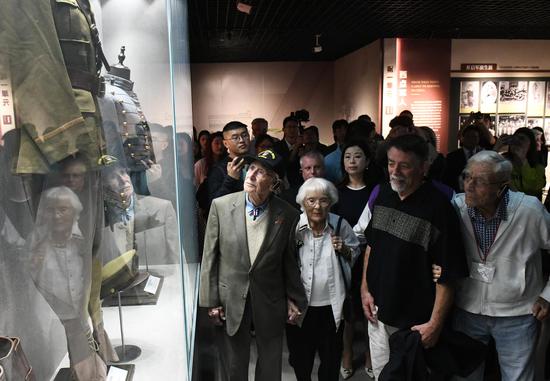

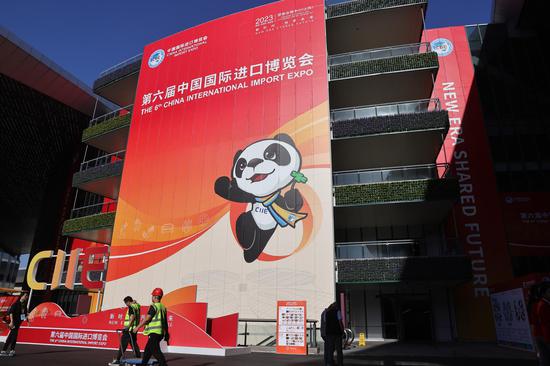
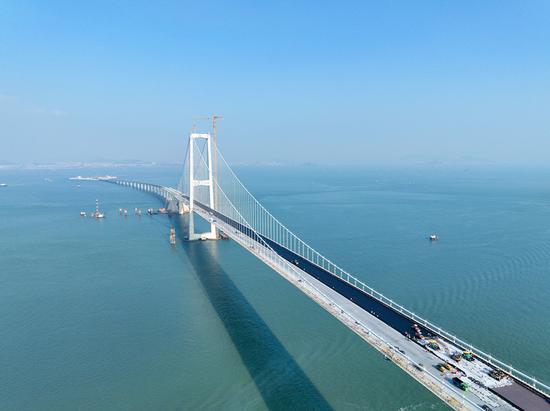


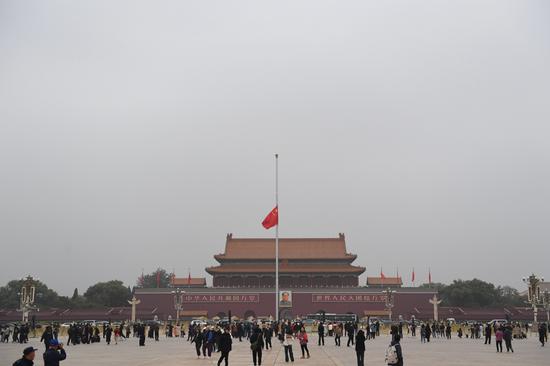


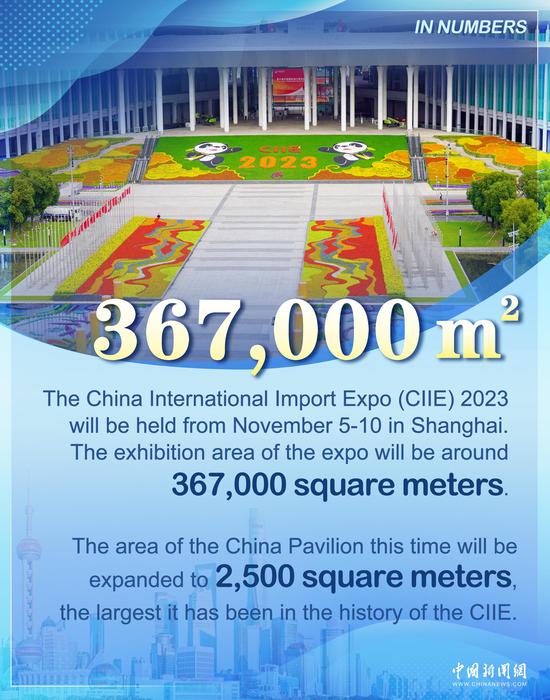





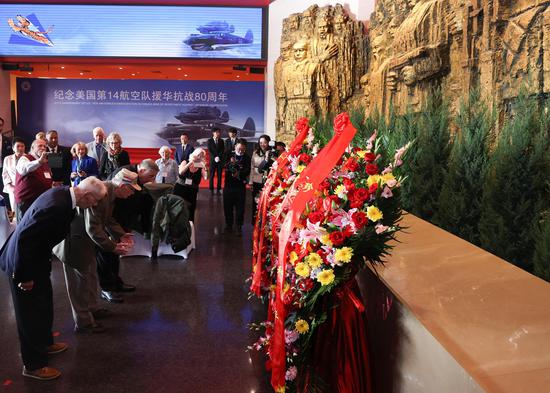
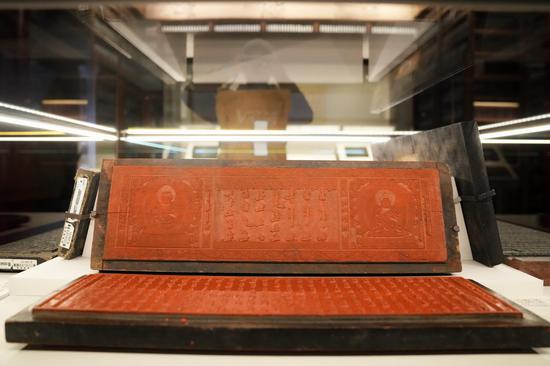

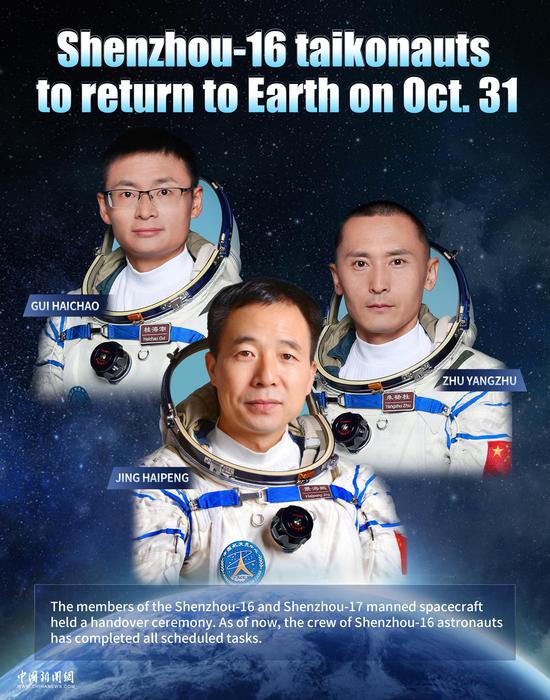



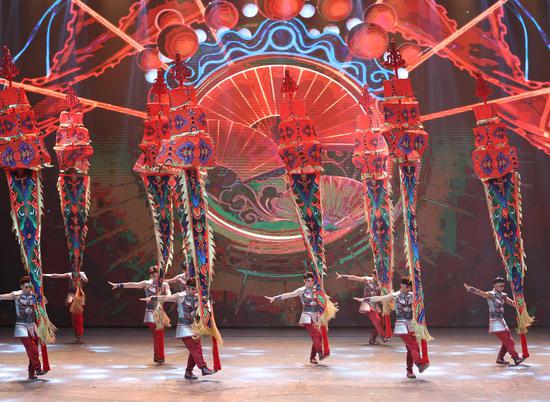

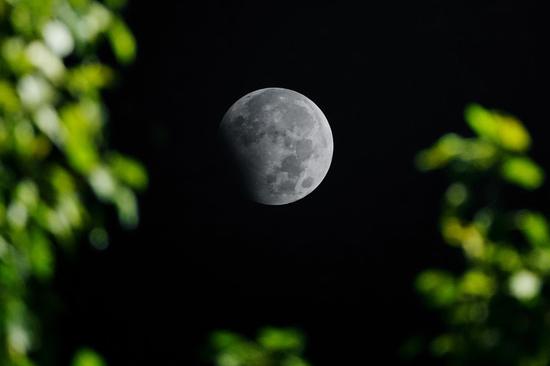






 京公网安备 11010202009201号
京公网安备 11010202009201号